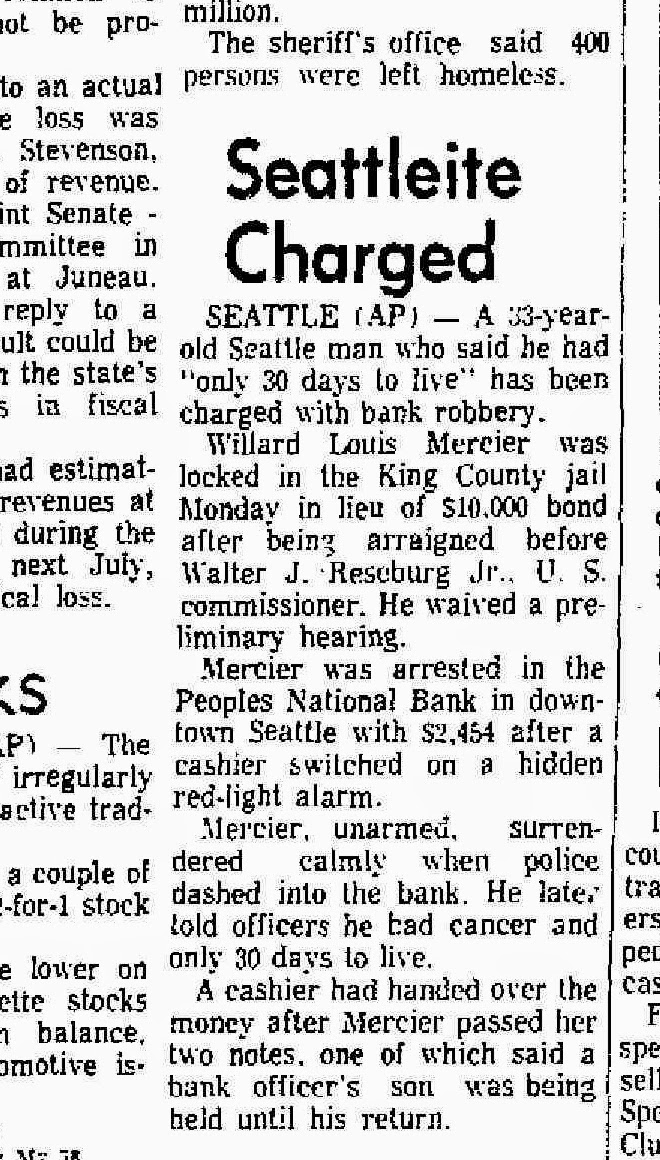But where in Volynia exactly?
A Google search told me Volynia was an administrative district within Tsarist Russia, but is now part of Ukraine.
 |
| 1908 map published by Harmsworth; image courtesy of Volhynia.com |
I found the following translation by Gerhard Konig of 1892 Baptist birth certificates of Tutchin on Don Miller's website, In the Midst of Wolves. On pages 3-4, was the translation of the registration of my grandmother's sister, also named Wilhelmina Schalin:
In 1892, February 12, Wilhelm Gottlieb Schalin, peasant from colony Schornowka of the Volost Meschiritschska, came to the office of the Volost Tutschin to declare in this same year that on February 1 from marriage with Auguste Wilhelmowa Fabricius born daughter Wilhelmina.
The marriage take [sic] place on January 1, 1882 and was written in the church books of the parish Mozinowsk from Leman (Lehmann) on Juny [sic] 15, 1885. Proving about this newborn baby by name of parents equally proves about the time of baby being born and have come in person to prove with witnesses from colony Jutschin (Juczyn) the colonist Ferdinand Gottlieb Falkenberg and from the colony of Schornowka Georg Ossipow Grosse. Declares Wilhelm Schalin by his wish and signed for him from F. Falkenberg under presence of witness Georg Grosse and sign for him from F. Falkenberg. Written in this book and all the above statements proved by Sergeant Major M. Tkatschuk.
I used Google Maps to get a visual sense for where Tuchyn was within Ukraine and then went to the maps available on the Society of German Genealogy in Eastern Europe's website.
 |
| Tuchyn, Ukraine; image courtesy of the Society of German Genealogy in Eastern Europe |
I had no luck finding Schornowka. So Tuchyn will have to do...for now until I get smarter. This is a photograph from a Google Maps contributor of the area:
 |
| Land near Tuchyn, Ukraine; photograph courtesy of Google Maps contributor Victord55 |



























